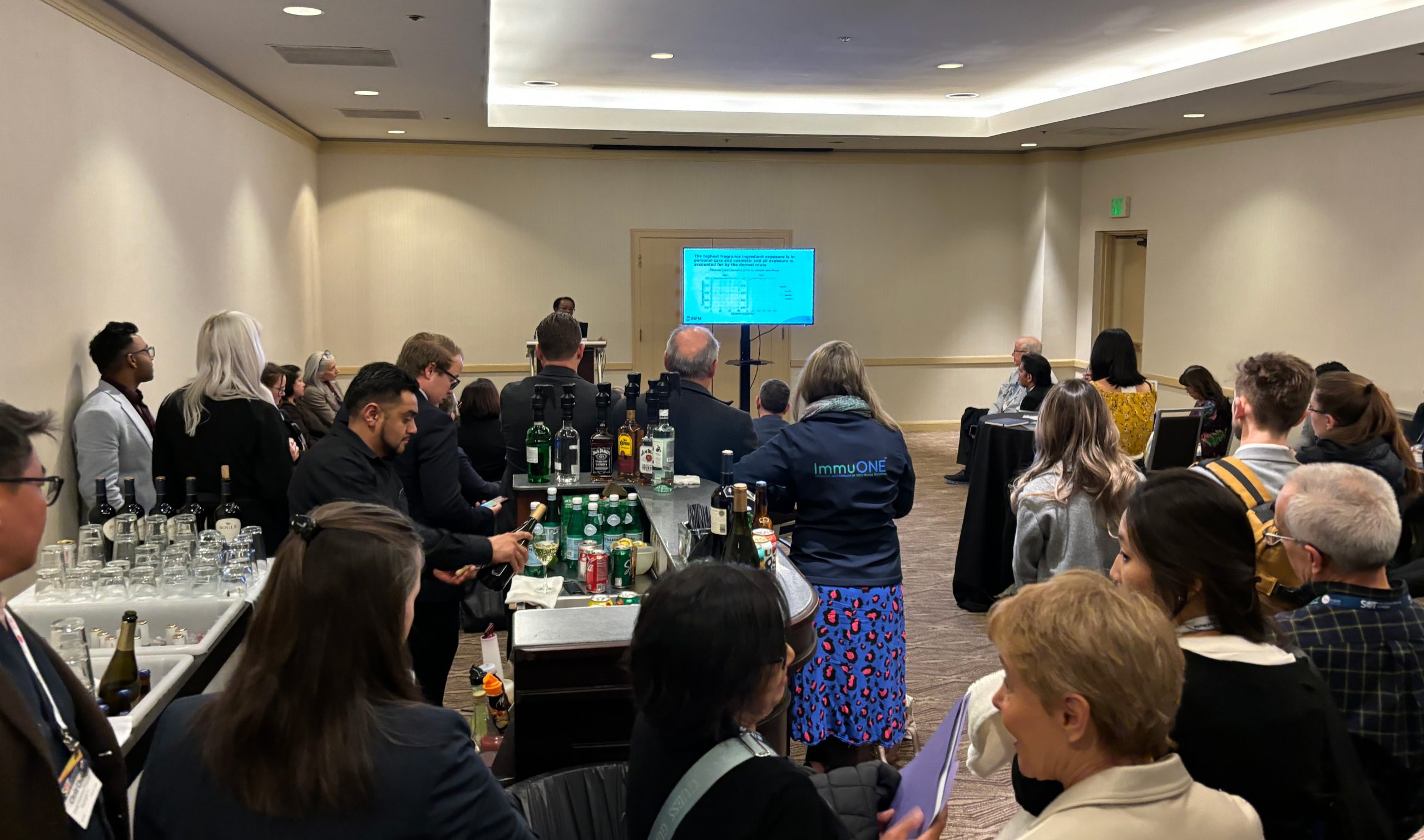The aim was to assess what nutrients their diet lacks, or is in excess of, compared with the guidelines. The Creme Food® software was used to carry out food and nutrient assessments.
The National Teens’ Food Survey 2006 was re-coded using unique food groups, category names and food codes based on the groups and categories used in the FSAI Healthy Eating Guidelines. To calculate the actual intake of fruit and vegetables from all sources, including composite dishes, ingredient fractions were incorporated into the model. Food intake, calcium, saturated fatty acids (SFA), iron, vitamin D, fibre and folate intake were all analysed in Creme Food®.
Our analysis shows the Irish teenage diet to be deficient in protective micronutrients such as vitamin D, iron and folate. The analysis suggested that Irish teens have a calcium intake below the RDA of 1200mg. The required amount could be met by having 1-2 extra portions of dairy per day. It also appears that adolescents are not eating enough fruit and vegetables, having only half the amount of the recommended 400g/day on average. Only 12.9% of the teens examined met this target. In addition, vitamin D intake is below the recommendations, as are fibre, folate and iron. Only 1/5 of total fibre intake came from fruit and vegetables; this should be higher. Folate and iron intake were lower in females when compared to males. Only 16.5% of males met the 400g/day target, while an even lower 9.2% of females consumed this quantity. Low folate may be a result of low consumption of fruit and vegetables.
Certain nutrients were consumed in excess. Cholesterol is above intake recommendations with the average adolescent consuming 351 mg/day. The recommended intake of cholesterol by the Irish Heart Foundation (IHF) is to not exceed 300 mg per day. SFA intake in teenagers is also above the recommended 32 g/day. Most of the SFA was found to be coming from high sugar, high salt, and high calorie foods that are low in micronutrients, and also from dairy. The majority of energy (31%) and cholesterol (42%) intake came from foods that are high in sugar, high in salt, high in calories and are low in micronutrients. Examples of these foods are cakes, chocolate, biscuits and crisps.
Given that 1 in 5 teenagers are overweight or obese in Ireland 1; modelling scenarios using food replacement were also carried out to look at ways of improving dietary quality in teens. We modelled the replacement of biscuits, chocolate and crisps in the diet of adolescents by fruit (oranges, apples and bananas).
Significant benefits were achieved with the food replacement scenarios that were assessed. The results not only increased the adolescents’ fruit intake to meet the target, but reduced cholesterol and SFA intake. Also as overall calorie intake was reduced by 169 kcal/day for the average adolescent. This project successfully demonstrates that making healthier choices in regards to snacking can make a significant impact on adolescent health.


